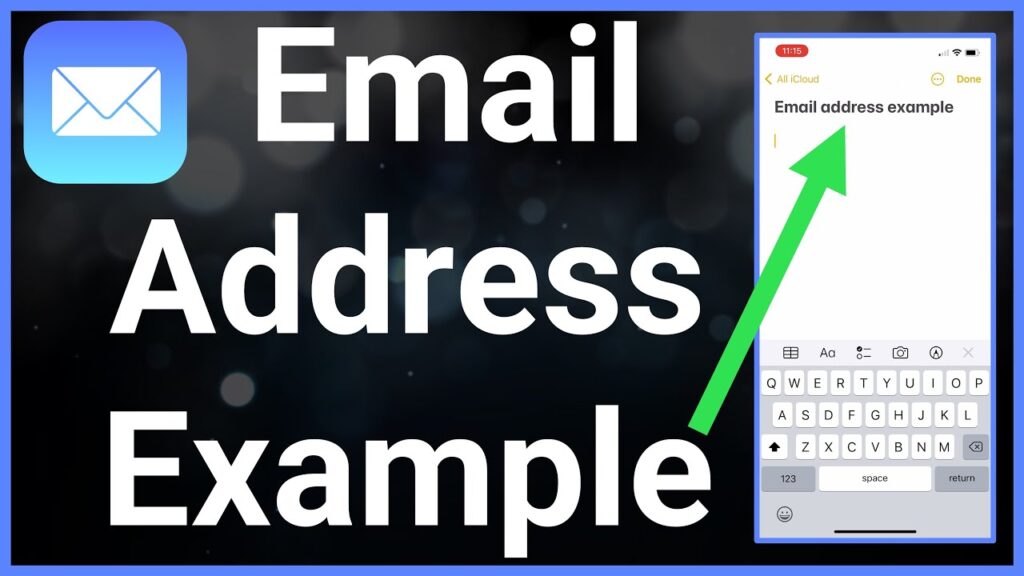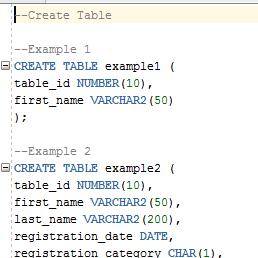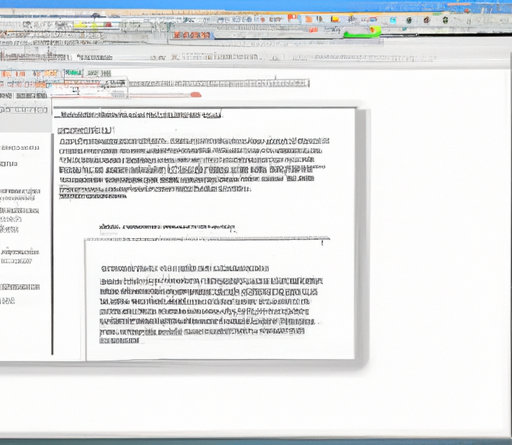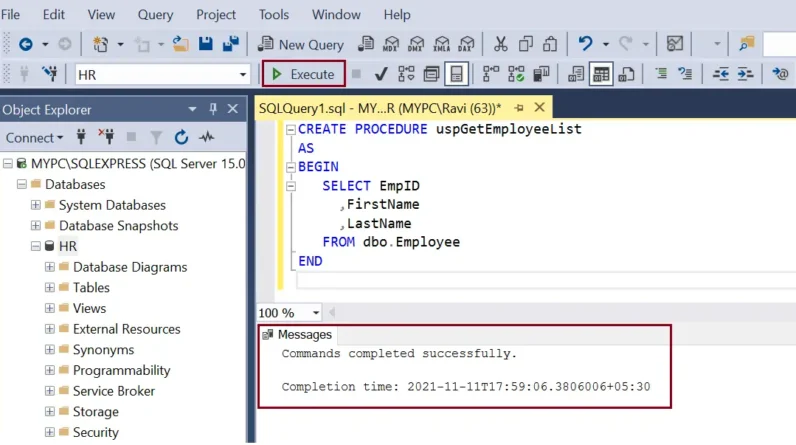
Do you ever wonder what email is and how you can create an email account? In this article, we’ll dive into the world of email and provide you with all the information you need to know. So, let’s get started!
Email, short for electronic mail, is a digital communication method that allows you to send and receive messages over the internet. It has become an incredibly popular way of staying in touch with friends, family, and colleagues. With email, you can send not only text but also images, documents, and even videos. It’s like having your own virtual mailbox!
Now, let’s talk about creating an email account. To create an email account, you’ll need to choose an email service provider like Gmail, Yahoo, or Outlook. Once you’ve selected your provider, you’ll need to sign up by providing some personal information, such as your name, preferred email address, and a password to secure your account. After completing the sign-up process, congratulations! You now have your very own email account and can start sending and receiving messages. In our next article, we’ll dive deeper into the features and benefits of email, so stay tuned!
Table of Contents
What is Email?
Email, short for electronic mail, is a form of digital communication that allows individuals to send and receive messages, files, and other data over the internet. It has revolutionized the way we communicate and has become an integral part of our personal and professional lives. In this article, we will explore the definition of email, its history, advantages, security measures, and tips for managing your email inbox effectively.
Email as a Form of Electronic Communication
Email is one of the most widely used forms of electronic communication. It enables individuals to send messages, documents, images, and other types of files instantly to recipients across the globe. Unlike traditional mail, email does not require physical transportation, making it faster and more efficient. With email, you can communicate with anyone, anywhere, as long as they have an internet connection and an email address.
Components of an Email
An email consists of several key components. The main elements include the sender’s email address, the recipient’s email address, a subject line, and the message body. Additionally, an email can include attachments, such as documents, photos, or videos. These attachments are important for sharing and transferring files conveniently.
How Email Works
Email operates using a client-server model. When you send an email, it is first composed in the email client, such as Gmail, Outlook, or Yahoo Mail. The email client then connects to the email server, which is responsible for sending and receiving emails. The server checks the recipient’s email address, delivers the message to their email server, and finally, the recipient accesses the email through their email client.
History of Email
Origin and Early Development of Email
Email has its roots in the early days of computer networks. The first email message was sent in the early 1970s by Ray Tomlinson, who is considered the inventor of email. Initially, email was a closed system, meaning that users could only send messages to others within the same network. However, with the development of the internet in the 1990s, email became accessible to everyone, leading to its widespread adoption.
Evolution of Email Platforms
Over the years, email platforms have evolved significantly, providing users with more features and functionality. In the early days, email clients were simple, text-based interfaces. However, with advancements in technology, modern email clients now offer a wide range of features, including rich text formatting, spell-checking, contact lists, and email filters. These enhancements have made email more user-friendly and convenient to use.
Impact of Email on Communication
The introduction of email has had a profound impact on the way we communicate. It has made communication faster, more efficient, and more convenient than ever before. Email has eliminated the need for physical mail, reducing costs and environmental impact. It has also facilitated global communication, bridging the distance between individuals and businesses across the world. Furthermore, email has transformed the way we conduct business, enabling instant communication, file sharing, and collaboration among colleagues and clients.

Advantages of Using Email
Efficiency and Speed of Communication
One of the key advantages of email is its speed and efficiency. Unlike traditional mail, which can take days or even weeks to reach its destination, email allows for instant communication. With just a few clicks, you can send an email to anyone in the world and receive a response within minutes. This real-time communication enables faster decision-making, facilitates collaboration, and enhances productivity.
Global Reach and Accessibility
Another significant advantage of email is its global reach and accessibility. As long as you have access to the internet, you can send and receive emails from anywhere in the world. This level of connectivity has opened up opportunities for international collaboration, remote work, and seamless communication with friends, family, and colleagues across different time zones.
Cost-effectiveness of Email
Email is a cost-effective communication tool. Unlike traditional mail, which requires postage fees and physical materials, sending emails only requires an internet connection. This makes it a cost-efficient option for personal and business communication. Additionally, email reduces the need for printing and paper usage, contributing to a greener environment.
Creating an Email Account
Choosing an Email Service Provider
To create an email account, you first need to choose an email service provider. There are numerous email service providers available, each offering different features and levels of security. Some popular email service providers include Gmail, Outlook, Yahoo Mail, and ProtonMail. Consider factors like storage capacity, spam filtering, user-friendly interface, and customer support when selecting an email service provider.
Signing up for an Email Account
Once you have chosen an email service provider, you can sign up for an email account. Visit the provider’s website and look for the sign-up or create an account option. Fill in the required information, such as your name, desired email address, and password. Ensure you choose a strong password to protect your account from unauthorized access. Once you have successfully created your email account, you can start using it to send and receive emails.
Setting up Your Email Preferences
After creating your email account, you can customize it according to your preferences. Most email service providers allow you to configure various settings, such as email signatures, automatic replies, and email notifications. Take some time to explore the settings menu and adjust them to suit your needs. This will enhance your email experience and streamline your communication process.

Email Security
Common Email Security Threats
Email security is crucial to protect your personal and sensitive information from unauthorized access. There are several common email security threats, including phishing attacks, malware attachments, spam emails, and email spoofing. Phishing attacks involve scammers attempting to deceive you into revealing personal information or login credentials. Malware attachments can contain harmful software that can compromise your device’s security. Spam emails are unsolicited and often contain malicious content. Email spoofing involves forging the sender’s email address to appear legitimate. It is important to be vigilant and take necessary precautions to protect yourself from these threats.
Protecting Your Email Account from Hacking
To safeguard your email account from hacking, it is crucial to follow best security practices. First, choose a strong and unique password that includes a combination of letters, numbers, and special characters. Avoid using easily guessable information, such as your name or birthdate, as your password. Enable two-factor authentication if available, which adds an extra layer of security by requiring a verification code in addition to your password. Be cautious of suspicious emails, avoid clicking on unknown links or downloading attachments from unknown sources. Regularly update your email client and operating system to ensure you have the latest security patches.
Best Practices for Email Security
In addition to the above measures, there are several best practices you can follow to enhance the security of your email account. Regularly monitor your inbox and promptly delete any suspicious emails. Be cautious when sharing personal or financial information over email, especially if requested by an unknown source. Encrypting sensitive emails can add an extra layer of security by ensuring that only the intended recipient can access the contents. Lastly, it is essential to keep yourself informed about the latest email security threats and stay updated with the recommended security practices.
Managing Your Email Inbox
Organizing Your Emails with Folders and Filters
As your email inbox fills up with messages, it can become overwhelming to manage. Organizing your emails using folders and filters can help you stay organized and find important messages easily. Most email clients allow you to create folders to categorize your emails based on subject, sender, or importance. You can also set up filters to automatically sort incoming emails into specific folders based on predefined criteria. Regularly review and delete unnecessary emails to keep your inbox clutter-free.
Managing Spam and Unwanted Emails
Spam emails are a common annoyance in email communication. They can clog up your inbox and make it difficult to find important messages. Most email service providers have built-in spam filters that automatically move spam emails to a separate folder. However, some spam may still make its way to your inbox. It is important to regularly review your spam folder and mark any false positives as not spam. Additionally, you can block specific email addresses or domains to further reduce unwanted emails.
Tips for Maintaining an Organized Inbox
To maintain an organized inbox, here are a few tips to consider:
- Regularly archive or delete emails that are no longer needed.
- Use clear and concise subject lines when composing emails.
- Utilize email search functionality to quickly find specific messages.
- Set aside specific times during the day to check and respond to emails.
- Create rules or filters to automatically sort incoming emails into appropriate folders.
- Unsubscribe from newsletters or mailing lists that you no longer wish to receive.
- Avoid using your email inbox as a storage space for files or documents – instead, save them on your computer or cloud storage.
By implementing these tips, you can keep your inbox organized and ensure important emails do not get lost in the clutter.
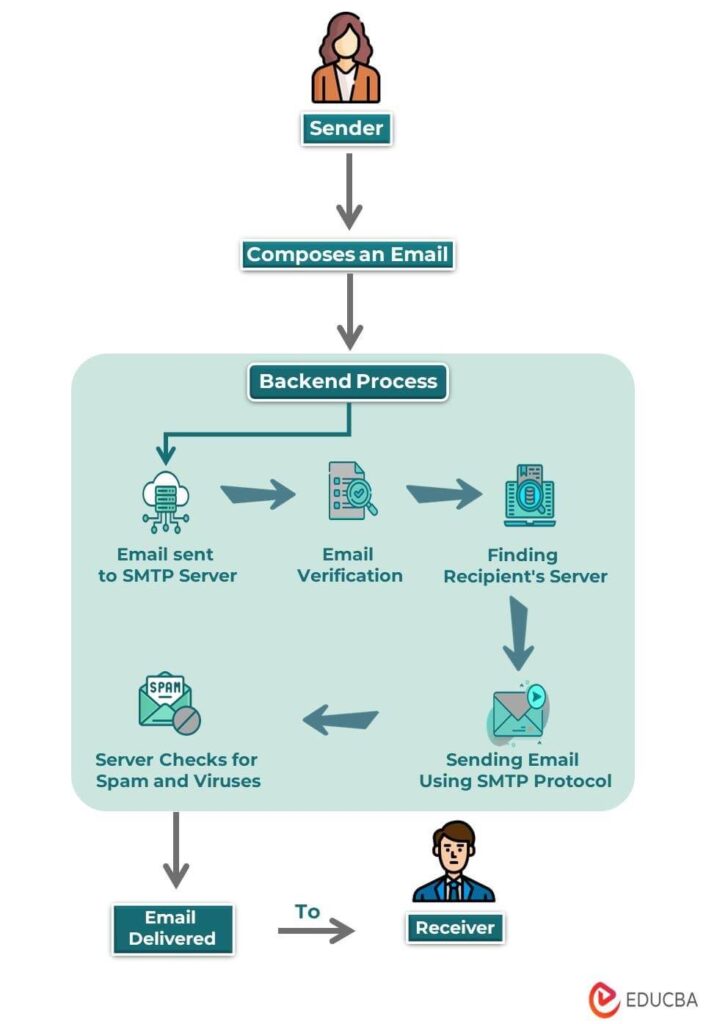
Email Etiquette
Importance of Professional Email Etiquette
Email etiquette refers to the set of rules and guidelines for composing and responding to emails in a professional manner. Following proper email etiquette is crucial, as it reflects your professionalism, communication skills, and respect for the recipient’s time. By adhering to email etiquette, you can enhance your professional image and maintain good relationships with clients, colleagues, and business partners.
Writing Effective and Polite Emails
When composing emails, it is important to be concise, clear, and polite in your communication. Ensure that your subject line clearly summarizes the content of your email and captures the recipient’s attention. Use appropriate language and tone, avoiding overly formal or informal expressions. Keep your email messages focused and to the point, keeping in mind that the recipient may have a busy schedule. Proofread your emails for spelling and grammar errors before hitting the send button.
Replying Promptly and Using Proper Email Language
Promptly responding to emails is a sign of professionalism and good email etiquette. Aim to reply to emails within a reasonable timeframe, even if it is just to acknowledge receipt of the email and provide an estimated time for a detailed response. Additionally, use proper email language, such as greetings and salutations, when addressing the recipient. Be aware of cultural differences and tailor your language accordingly when communicating with individuals from different regions or backgrounds.
Email in the Digital Age
Integration of Email with Other Digital Tools
Email has become a central tool for communication, and its integration with other digital tools has further enhanced its functionality. Many email clients now offer integration with calendars, task managers, and note-taking applications. This allows users to seamlessly schedule meetings, set reminders, and keep track of important tasks within their email interface. Integration with cloud storage platforms enables easy attachment and sharing of files directly from email.
Mobile Email Usage and Productivity
With the increasing usage of smartphones, email has become a readily accessible communication tool on the go. Most email service providers offer dedicated mobile apps that allow users to access their email accounts from their smartphones or tablets. This mobility has improved productivity by enabling users to stay connected and respond to important emails even when they are away from their computers.
Future Trends in Email Technology
As technology continues to evolve, so does the future of email. Some emerging trends in email technology include artificial intelligence-powered email assistants, advanced security measures, and intelligent email sorting algorithms. These innovations aim to further streamline and enhance email communication, making it more personalized, efficient, and secure.
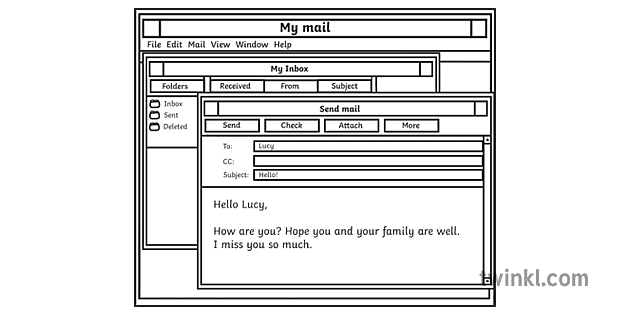
Email for Personal and Business Use
Effective Email Communication in Personal Relationships
Email is not only useful for business communication but also for maintaining personal relationships. It allows for regular and convenient communication with family and friends who may be geographically distant. Email can be used to share updates, photos, and important life events, becoming a digital alternative to traditional letters and handwritten correspondence. Additionally, email allows for asynchronous communication, giving individuals the flexibility to respond at their convenience.
Using Email for Business Correspondence
Email is a primary mode of communication for businesses worldwide. It enables efficient communication between employees, teams, and departments. Businesses rely on email for various purposes, such as exchanging information, sharing documents, scheduling meetings, and collaborating on projects. Email also serves as an official means of communication for many organizations, allowing for record-keeping and documentation.
Email Marketing Strategies
Email marketing is a widely used strategy for businesses to reach their target audience and promote their products or services. Companies can create targeted email campaigns, sending personalized messages to potential customers or existing clients. This form of marketing allows businesses to engage with their audience, build brand loyalty, and drive sales. However, it is important to follow email marketing best practices and comply with relevant regulations, such as obtaining consent for sending promotional emails and providing an option to unsubscribe.
Conclusion
Email has revolutionized the way we communicate, providing a fast, efficient, and cost-effective means of correspondence. It has become an essential tool in both personal and professional settings, enabling instant communication, file sharing, and global connectivity. By understanding the components of an email, its history, and best practices for creating and managing your email account, you can harness the full potential of email as a powerful communication tool. Embracing proper email etiquette and taking necessary security measures will ensure that your email experience is productive, secure, and respectful. As email technology continues to evolve, we can look forward to further advancements and enhancements in this fundamental aspect of modern communication.
